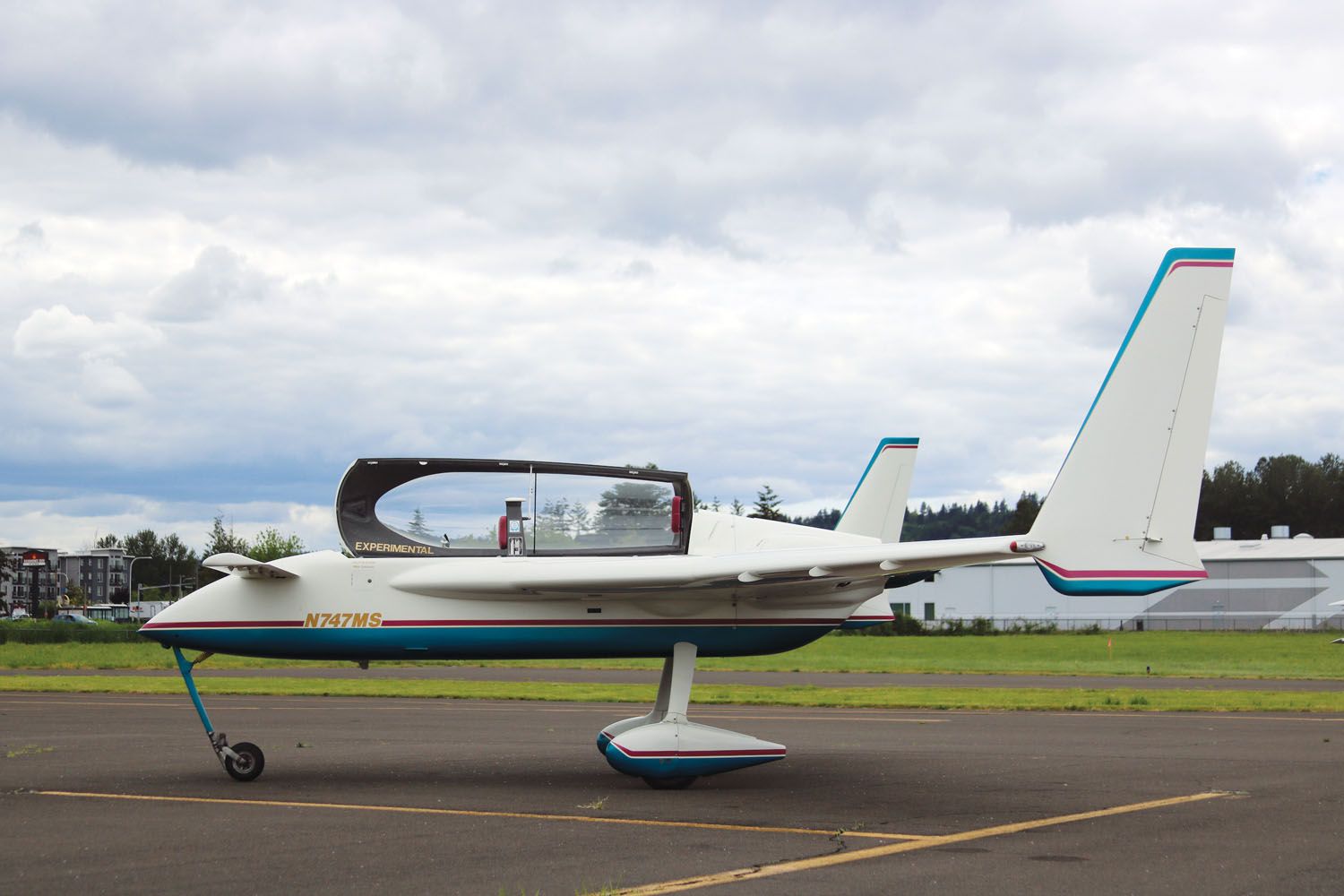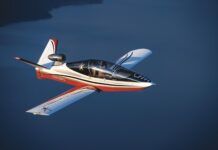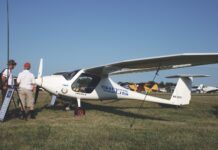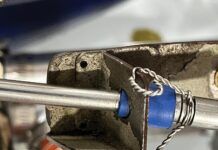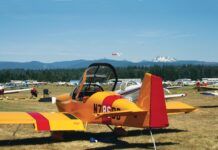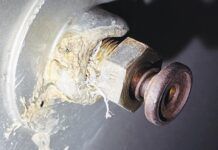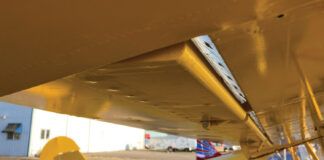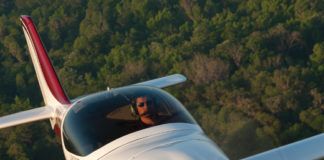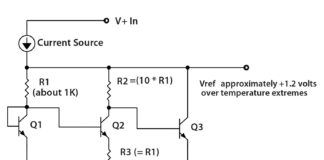In a world where a COVID-19 forces us inside and further emphasizes virtual relationships—with work, with school and with friends—it’s probably no surprise that online forums for builders are flourishing. Truth is, they’ve been strong for some time, providing a combination of support group and sounding board.
I’ve long felt that a properly used builder forum is a key ingredient of success in building and maintaining your homebuilt. While you’re in process, you can buttress the factory’s instructions and recommendations with experience from the field. Sometimes a guy in his garage finds a better, easier way to do something than the factory did. Sometimes it’s just different—but as long as it’s safe and adheres to best practices, it’s all good. What I’ve found for myself is when another builder’s description of a process makes more sense to me than the factory’s explanation, I end up doing it “by the plans” anyway.
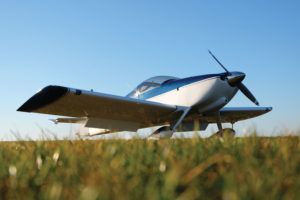
It’s a different situation when you’ve purchased someone else’s airplane. Most builders pass along the build logs and photos as well as the factory manuals and plans. The resources are there for the new owner but what often isn’t has to do with the original builder’s mindset and approach to troubleshooting. And, in particular, when and where any given airplane departs from the plans can get lost in the shuffle or, as I think happens more often than we care to admit, simply not disclosed to preserve our pride.
That’s where a truly useful online community can be a lifesaver, literally. I won’t out the owner or the airplane, but this happened on Van’s Air Force (VAF), the largest online gathering of builders in the world. (It is large because, well, there are more Van’s homebuilts than anything else, but it’s also run well, populated by a wide range of very knowledgable people and carefully moderated.) This is one specific point and it’s worth mentioning that this story, or versions of it, have played out across all brands.
The owner of this airplane had noted aerodynamic issues that he thought were coming from the tail after work had been done to comply with a factory service bulletin. He queried the group to determine if any others had any of the same issues. They did not. This led to further questions and posting of photos of the area in question. It eventually came out that to comply with the service bulletin, the owner and his local mechanic had to relocate the tail components.
Understandably, this set off alarm bells for many of the VAF regulars—some of whom are contributors to this magazine. I don’t know the Van’s design as well as these guys, but even I could tell that the handful of somewhat crudely hewn spacers evident in the photos were not meant to go between the stabilizer attach points and the empennage. (In part because I know what a fanatic Dick VanGrunsven is about weight.) The group quickly rallied and recommended to the owner that he not fly the airplane again until he could get someone in there who knew the design and could start to make a determination of safety.
And then an amazing thing happened. A representative of Van’s saw the post and stepped up, not just to the individual via private message, but to the whole group. He contacted the owner, looked at more photos and postulated that what we were seeing was a construction mistake that was, in fact, partly remedied by the most recent changes. It appeared as though the original builder had put an aft bulkhead in the wrong position and decided that, instead of undoing a lot of work, he would move the vertical stabilizer to match the (incorrect) position of the horizontal.
Even more interesting, this airplane was more than 20 years old and had passed at least that many condition inspections. It’s probably not reasonable to expect traditional A&P mechanics, trained on Cessnas and Pipers, to recognize airplane-to-airplane variations in homebuilts. And, yes, the airplane had been flying all that time. Still, it was wrong. And now the new owner knew it.
This incident shows exactly where the collective brain trust at VAF (and at every good brand-specific builder site) is so valuable. Within three days, this owner went from believing one thing was wrong and trying to chase it down to realizing that his airplane might be “a lemon” and “unsellable,” to having a good path forward toward a resolution. A short version of the seven stages of grief, but this had a happy ending.
We are sometimes our own worst enemies as we try to work through our own problems in silence. The smartest of us—and, believe me, I’m not always in this category—fess up in front of a group that knows what it’s talking about, do our best to sift through the inevitable noise (which is not nearly as high as in other forms of social media, trust me) and take full advantage of the collective wisdom.
Mod Swell
A reader emailed to note an apparent discrepancy in our Buying Used: Long-EZ story. We noted that one differentiating characteristic between the VariEze and the Long-EZ is that the latter typically does not have the rudder/tipsail extensions below the wing. Naturally, the photo we ran of Mike Sabourin’s Long-EZ had them. It’s a good reminder that all homebuilt designs are prone to modifications, probably none more so than Rutan’s designs.
